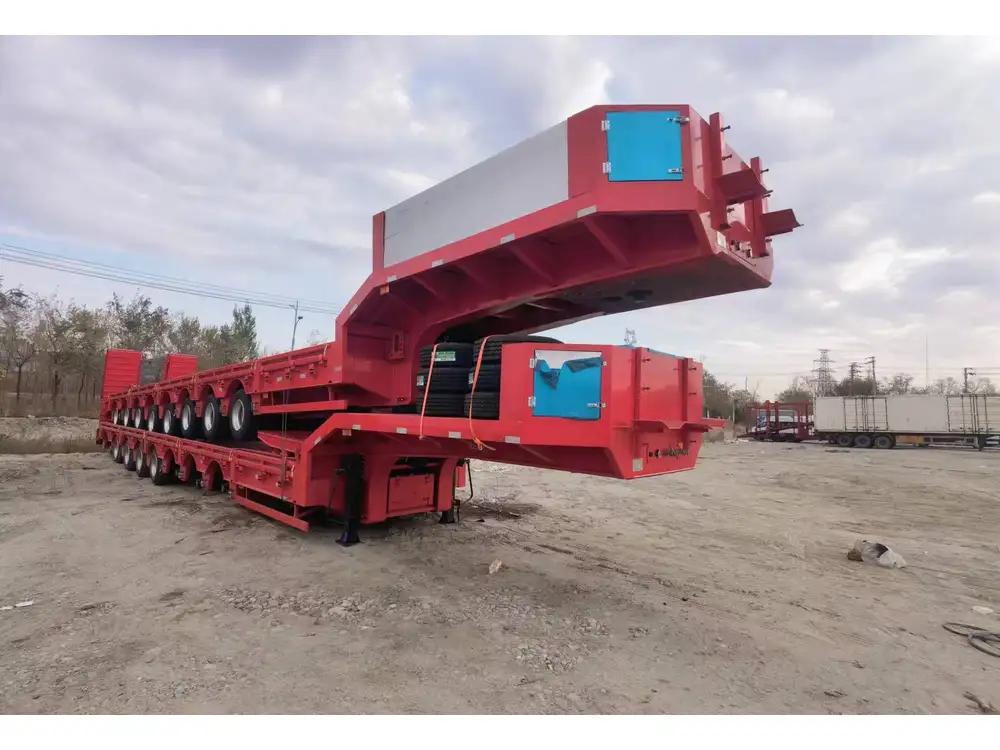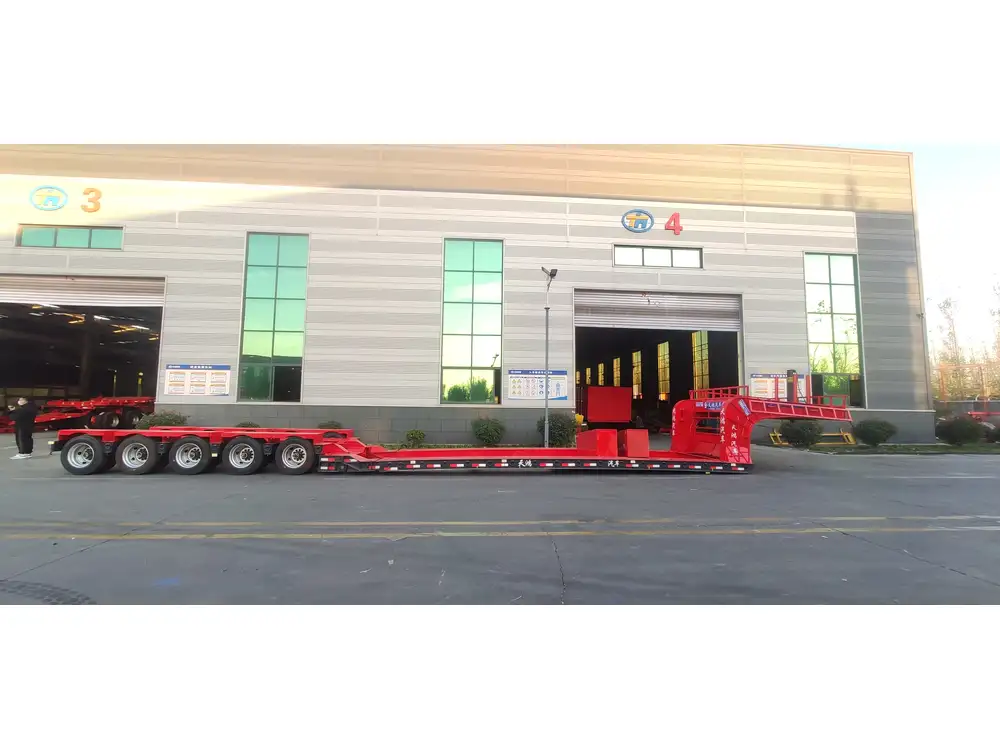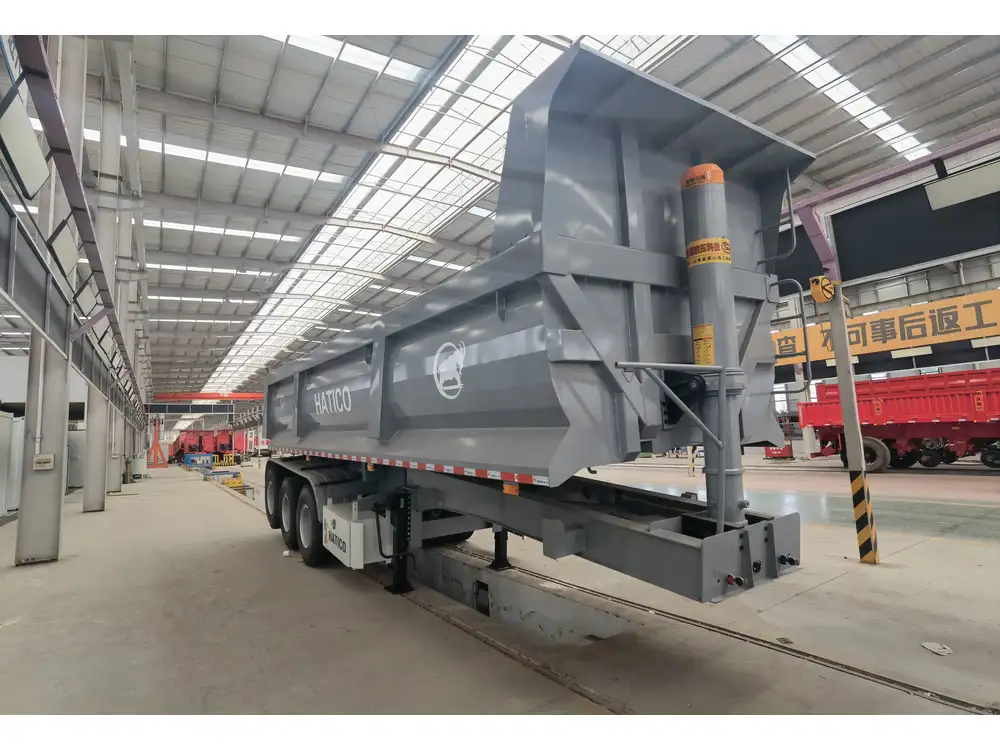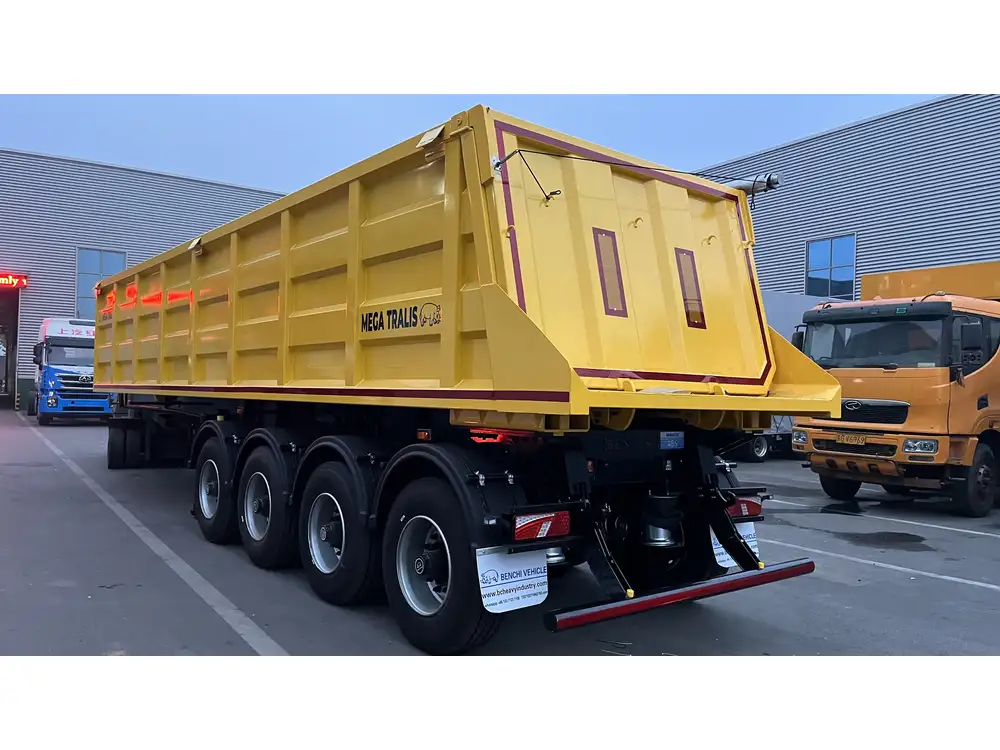In the world of logistics and freight transportation, the efficiency and safety of loading and unloading goods onto semi-trailers hinge upon the expertise of forklift operators. While the skill of operating a forklift is paramount, ensuring that the right equipment is installed to support the semi-trailer is equally crucial. This article discusses the essential equipment that a forklift operator should install, providing a roadmap to enhance operational safety and efficiency.
Understanding the Importance of Proper Equipment Installation
The installation of specific equipment is not merely a procedural formality; it significantly impacts the workflow of loading and unloading processes. Inappropriate or insufficient equipment can lead to accidents, delays, and financial ramifications. Ensuring that the following devices are properly installed will facilitate a seamless operation, safeguarding both personnel and cargo.
1. Forklift Extensions

Description
Forklift extensions, also known as fork extensions or fork sleeves, are critical in scenarios where the standard fork length is insufficient for the load being handled. These attachments slide over the existing forks, effectively lengthening them.
Benefits
- Improved Load Handling: Extensions increase the overall reach, which is essential for securing loads that are wider or longer than the forklift’s standard capacity.
- Enhanced Safety: Properly secured loads reduce the risk of tipping or spilling during transportation, which is crucial in maintaining workplace safety.
- Versatility: Suitable for various load types, which saves time and increases productivity.
2. Load Stabilizers

Description
Load stabilizers are equipment attachments designed to ensure that a load remains secure and stable during transit. These devices can include straps, chains, or specially designed platforms.
Benefits
- Safety Assurance: Minimizing load shifting prevents accidents, protecting both staff and cargo.
- Efficiency in Handling: Stabilizing equipment decreases the time spent on manual load adjustments, thereby improving workflow.
- Compliance with Regulations: Many industries have strict guidelines regarding load safety; using stabilizers helps meet these legal requirements.
3. Forklift Scale Systems

Description
Integrating scales into forklifts transforms them into weighing machines. Forklift scales allow operators to measure the weight of loads as they are being lifted.
Benefits
- Accurate Weight Measurement: Provides real-time data which helps in preventing overloads while adhering to weight regulations.
- Cost Efficiency: Ensures companies do not incur penalties associated with overloading and allows for better load planning.
- Data Keeping: Scales can track weights over time, aiding in inventory tracking and management.
4. Safety Lights and Alarms

Description
Safety lights and alarms are essential for boosting visibility and conveying warnings to employees and pedestrians situated in busy work environments.
Benefits
- Enhanced Workplace Safety: Berating alarms and flashing LED lights alert individuals to the moving forklift, thereby reducing accident rates.
- Night Operations: During low-light conditions, these devices help maintain visibility, ensuring that operations continue smoothly.
- Proactive Risk Management: Implementing visual and audio alerts contributes to a culture of safety within the workplace.
5. Hydraulic Pallet Jacks

Description
Hydraulic pallet jacks are commonly used in conjunction with forklifts to facilitate the movement of palletized loads effectively.
Benefits
- Ease of Use: Simplifies the process of loading and unloading goods from semi-trailers, particularly in tight spaces.
- Reduced Physical Strain: Operators can maneuver heavy loads with less physical strain, contributing to overall workplace ergonomics.
- Accessibility: Ideal for smaller operations where a forklift may be too large, pallet jacks can seamlessly integrate with other equipment.
6. Adjustable Forklift Forks

Description
Forks that can be adjusted for width are useful when dealing with loads of varying sizes.
Benefits
- Adaptability: Adjust forks based on the load dimensions to improve stability and handling.
- Reduction in Handling Time: Decreasing the time spent on changing equipment for different loads contributes to improved productivity.
- Protection Against Damage: Proper fork alignment minimizes the risk of damage to both the load and the semi-trailer.
7. Load Backrests

Description
Load backrests are vertical supports attached to the mast of the forklift, designed to prevent loads from falling backward.
Benefits
- Increased Load Security: Backrests provide additional support for goods carried on the fork, reducing tipping risks.
- Diverse Load Handling: Particularly useful for transporting tall or unstable loads.
- Safety Compliance: Utilizing backrests often meets safety standards enforced by various occupational health guidelines.
Comparative Analysis: Load Handling Equipment
To help managers understand various equipment options and make informed decisions, the following table provides a comparative analysis of load handling equipment and their key characteristics.
| Equipment | Primary Use | Key Benefits | Safety Enhancements |
|---|---|---|---|
| Forklift Extensions | Increased fork length | Improved load handling ability | Reduces risk of load spilling |
| Load Stabilizers | Secure loads during transit | Stability and safety | Less chance of load movement |
| Forklift Scale Systems | Weight measurement | Real-time data, compliance | Prevents overload penalties |
| Safety Lights and Alarms | Visibility in operations | Enhanced safety awareness | Alert pedestrians and staff |
| Hydraulic Pallet Jacks | Pallet movement | Ergonomic handling | Tension-free operations |
| Adjustable Forklift Forks | Load adaptability | Improved productivity | Limited damage to cargo |
| Load Backrests | Load support | Increased load security | Meets safety standards |

Addressing Common Challenges
The logistics industry faces several challenges that can affect productivity and safety. Understanding these challenges and how to mitigate them is crucial for forklift operators:
1. Load Weight Misestimation
Operators may underestimate the load’s weight, leading to potential accidents. Implementing forklift scales can mitigate this challenge, allowing for real-time weight adjustments to maintain safety.
2. Inadequate Visibility
Many loading docks are bustling environments with limited sightlines. Integration of safety lights and alarms provides the necessary warnings to personnel, significantly reducing accident risk.

3. Diverse Load Types
Operators frequently encounter a mix of load sizes and configurations. The versatility of adjustable forks and load stabilizers helps mitigate this issue, ensuring a seamless transition in handling.
4. Compliance with Occupational Safety
Adhering to safety regulations is non-negotiable. Regular equipment audits and proactive installation of safety features ensure compliance, fostering a safer workplace environment.
Conclusion
The operational efficiency of forklift operators engaging with semi-trailers hinges significantly on the installation of suitable supplemental equipment. The deployment of forklift extensions, load stabilizers, scales, safety enhancements, and other tools empowers forklift operators to execute their tasks proficiently and safely.
Investing in the right equipment minimizes risks, bolsters productivity, and ensures compliance with the rigorous standards set by regulatory bodies. When properly installed and maintained, these tools prove invaluable in streamlining operations and cultivating an environment where safety and efficiency are paramount. By fostering an informed approach to equipment installation, logistics companies can ensure their operations not only meet but exceed industry standards.
Stay attuned to advancements in forklift technology and adapt your practices to optimize the benefits these innovations can offer. Embrace change and prioritize the installation of essential equipment, transforming your logistic processes for the better.



